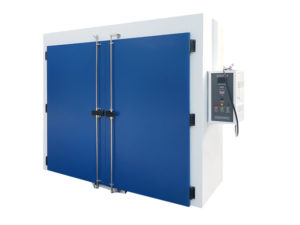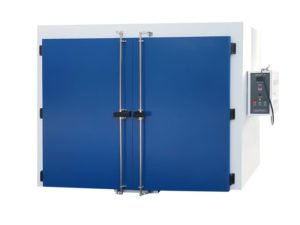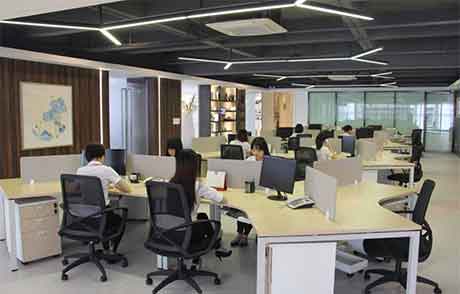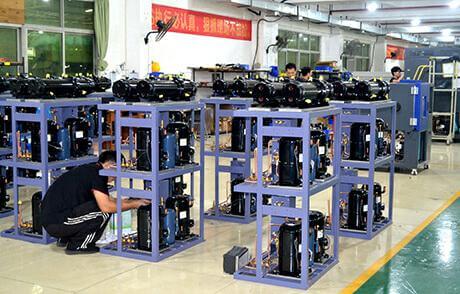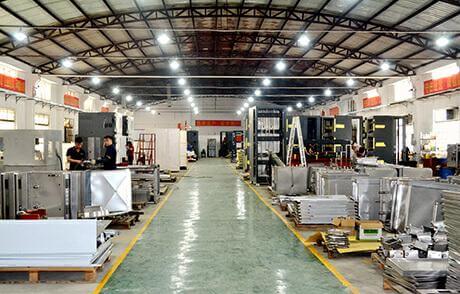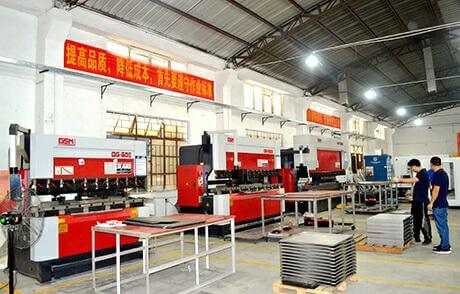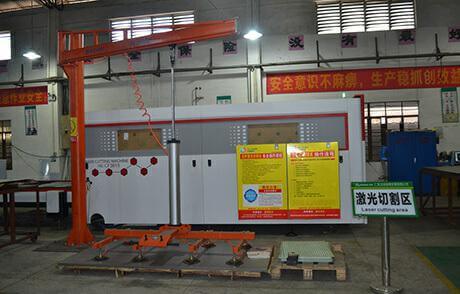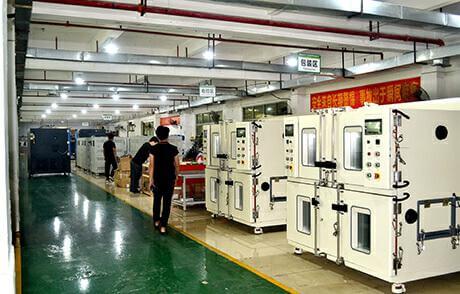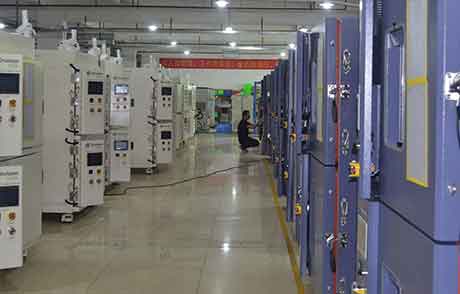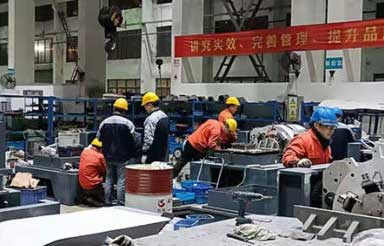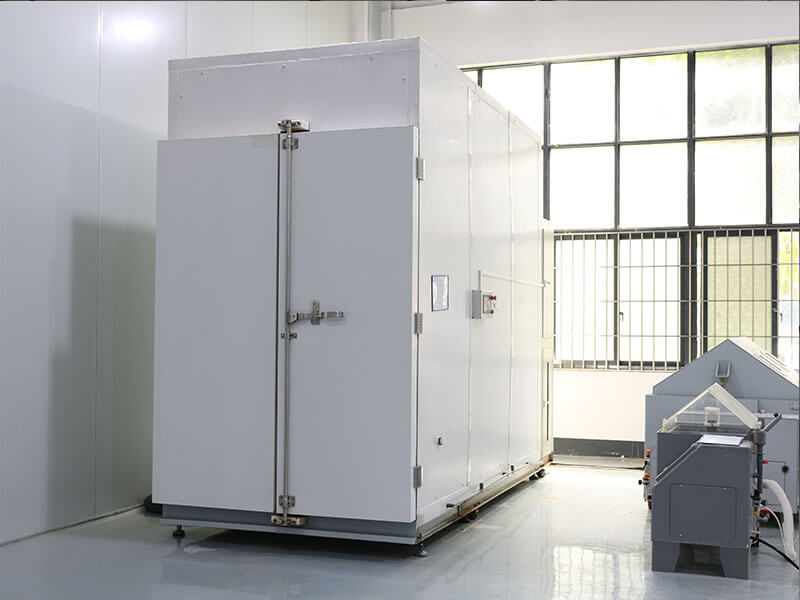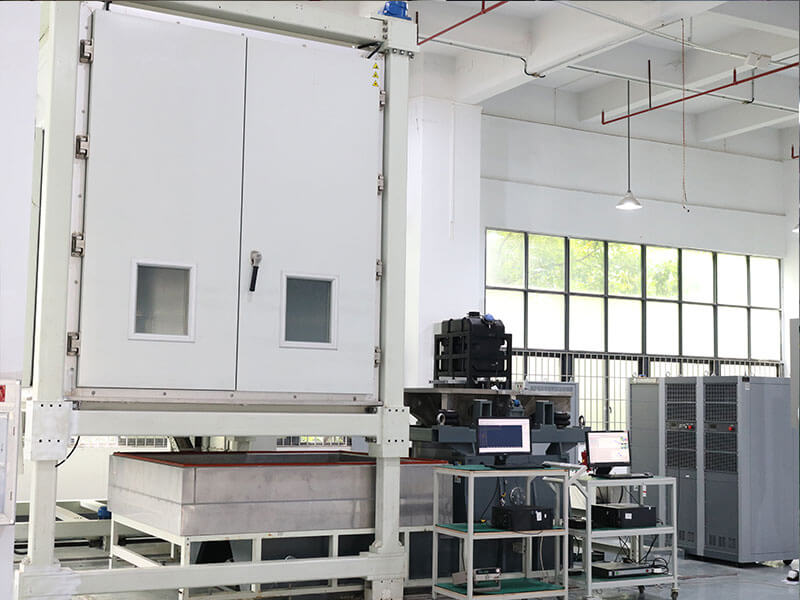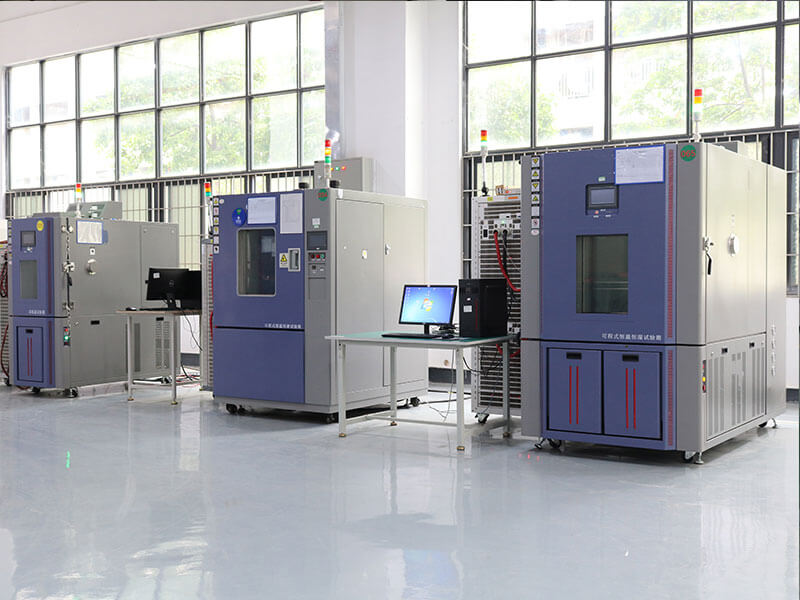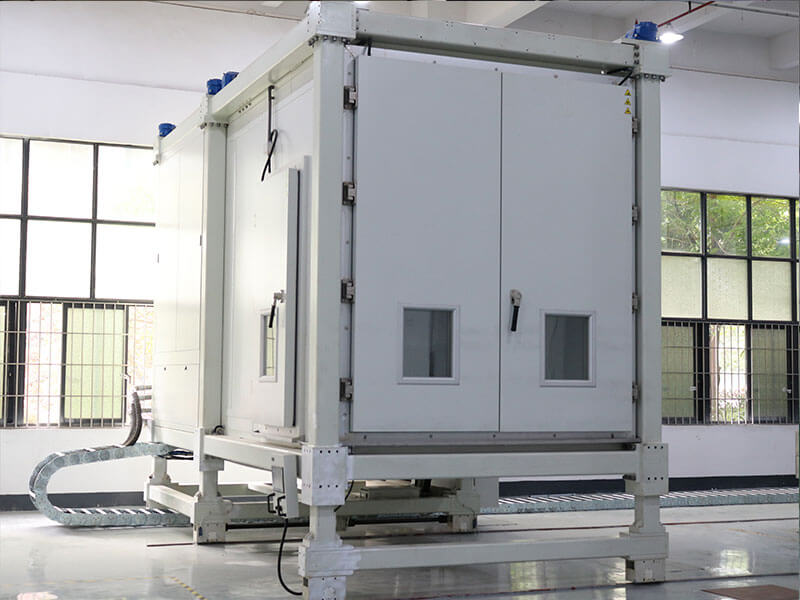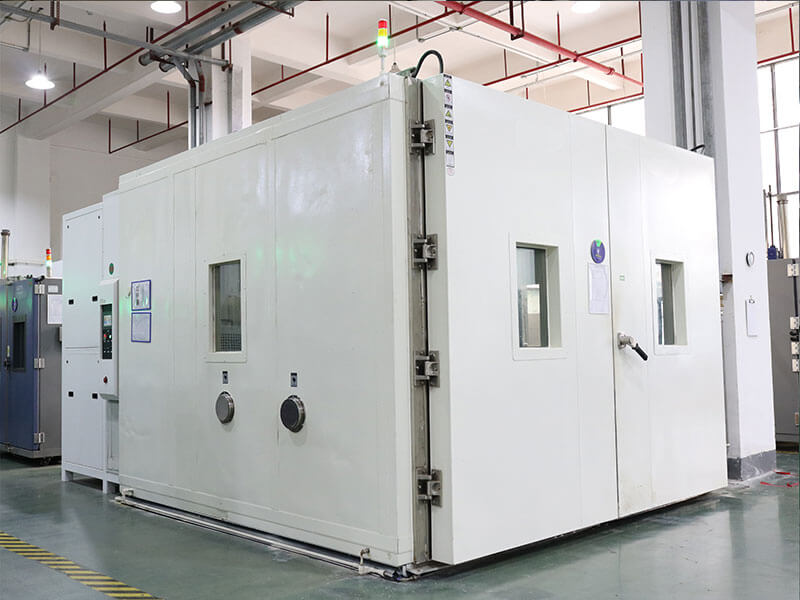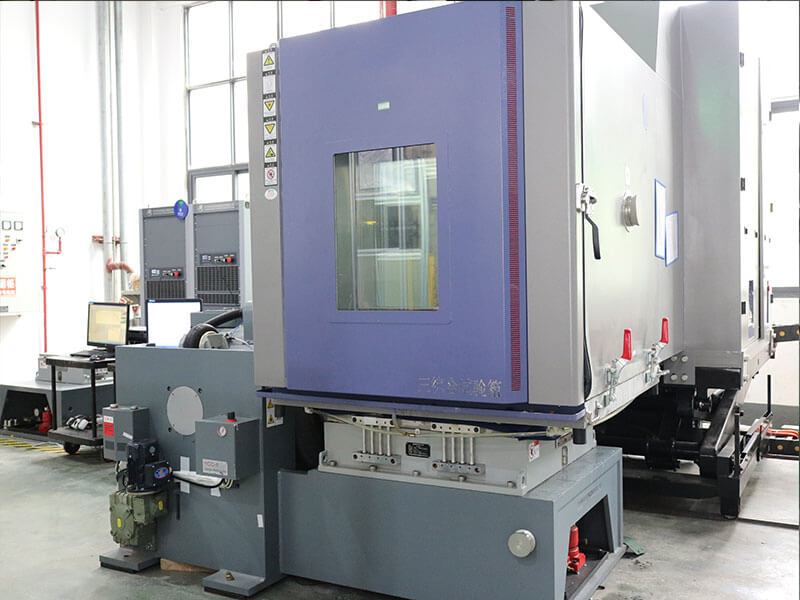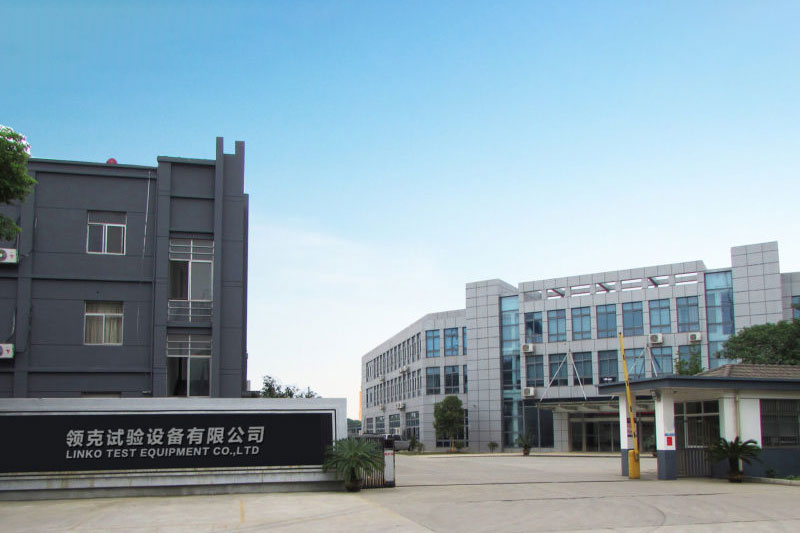Linkotest Laboratory Oven
As a laboratory oven manufacturer from China, Linkotest Laboratory Oven is specifically designed for industrial heating and drying applications, allowing you to test the limits of your products or components under controlled heat conditions. With reproducible results and a focus on product quality, our ovens are the ideal solution for various industrial production areas.
By choosing our Linkotest Laboratory Oven, you can rely on its excellent performance to heat-treat your components and materials efficiently, resulting in the production of high-quality products. Trust in our expertise and commitment to delivering innovative and reliable industrial heating solutions.
Laboratory Oven Specification
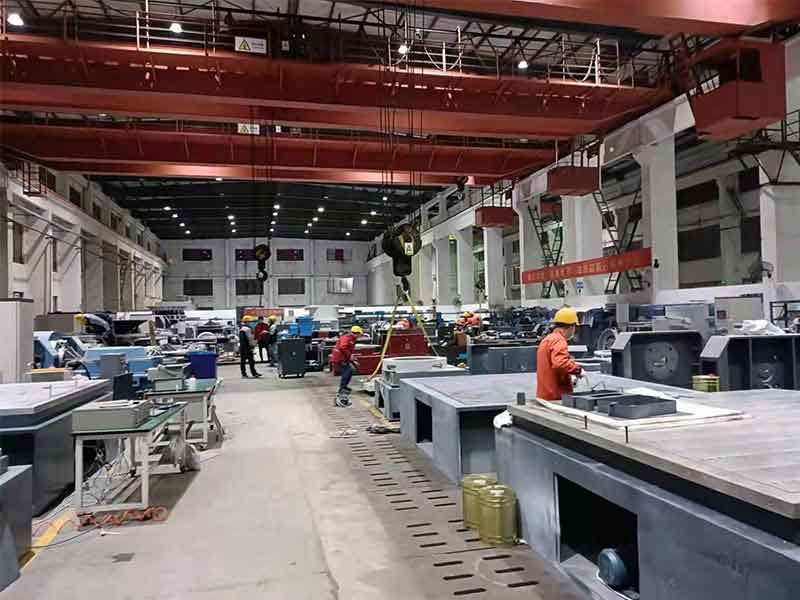
Custom Laboratory Oven Solutions
Linkotest Laboratory Oven After-Sales Service
Warranty
We offer a comprehensive warranty on all our products. This warranty ensures that any manufacturing defects or malfunctions will be promptly addressed and resolved free of charge within the specified warranty period.
Technical Support
Our dedicated technical team is available to assist customers with any product-related issues. Whether it’s troubleshooting, installations, or general inquiries, our team is ready to provide prompt and efficient solutions.
Repair and Replacement
In the event that a product requires repair, we offer convenient repair services through authorized service centers. Our skilled technicians will diagnose and fix any issues, ensuring that the product performs optimally.
Spare Parts Availability
We maintain an inventory of commonly required spare parts to facilitate quick repairs. This helps minimize downtime, ensuring that our customers can continue using our products without significant interruptions.
Customer Feedback and Complaint Handling
We value our customers’ feedback and take complaints seriously. Our customer service team is committed to resolving any customer concerns promptly, ensuring their satisfaction with our products and services.
Product Upgrades and Enhancements
We continuously strive to improve the quality and features of our products. When applicable, we offer product upgrades or enhancements to provide our customers with the latest technology and improved functionality.
Training and Manuals
We provide comprehensive product training to our customers, ensuring that they fully understand the features and operation of our products. Additionally, we offer detailed instruction manuals and documentation to assist customers in using our products effectively.
Extended Support Contracts
For customers who require additional support beyond the standard warranty period, we offer extended support contracts. These contracts provide continued access to technical support, repairs, and other services, offering peace of mind and additional value.
Steps To Custom Laboratory Oven
Selection
Choose the types of laboratory ovens based on the necessary function, and then the right model based on the test specifications.
Quotation
Prepare a comprehensive quotation based on the customer’s requirements, including the cost, delivery details, and any additional services or customization requested.
Contract Execution
Engage in negotiation with the customer to finalize the terms of the order, including pricing, payment terms, and delivery schedule. Once all details are agreed upon, obtain the customer’s confirmation to proceed with the order.
Ensure that the laboratory oven is manufactured to the highest quality standards. Conduct rigorous quality control checks and inspections at every stage of the production process to guarantee the system’s reliability and accuracy.
Coordinate with the customer to arrange the shipment. Provide regular updates on the shipping status, including tracking information, to keep the customer informed about the progress of their order.
Offer installation services and provide on-site training to the customer’s staff upon delivery. Ensure that the customer understands how to operate and maintain the system properly.
Laboratory Oven Tester FAQ Guide
All your questions about the laboratory oven tester are answered in today’s guide. Whether you want to learn about definitions, functions, features, or applications, you can find everything here. Read on to learn more.
Laboratory ovens are standard equipment that can be seen in most clinical, forensic, electronic, materials processing, and research laboratories. And it provides universal temperatures and precise temperature control for heating, baking, evaporation, sterilization, and other industrial laboratory functions.
In fact, a laboratory oven is a versatile tool. It can be used for a variety of purposes, including advanced simulations for measuring extended product usage. You can use this type of testing to determine the service life of a product.
In addition, ovens can also be used for curing to activate chemical reactions and change the chemical composition of complex polymers. This process is often used to make electronics. Laboratory ovens can also be used for solder strength testing of circuit boards, as well as for burn-in testing where early defects are encountered in manufactured circuits.
These tests are essential to ensure the quality of your electronics. These are mostly standard uses for lab ovens.
Standard laboratory ovens offer maximum versatility in narrow areas, they are ideal for the variety of industrial and R&D processes described above.
When equipped with proper safety features, drying glassware, and disinfecting medical equipment, laboratory ovens are also ideal for evaporating excess solvents in products or components. Therefore, when used for material testing, laboratory ovens are stable and repeatable.
Standard laboratory ovens also provide temperature uniformity, which refers to the consistency of indoor temperature. Temperature uniformity helps ensure you get consistent quality and reliable product results and reduces part and product rework, ultimately improving energy efficiency.
In addition, factors that affect uniformity include inadequate insulation, poor door seals, inadequate mixing of fresh and circulating air, air duct configuration, and the amount of air moving throughout the chamber.
Finally, benchtop laboratory ovens save a lot of space in the lab. These ovens take up much less space than other ovens. This allows you to use its space more efficiently. This makes the lab oven ideal for small LABS where space is at a premium as it does not require a large process chamber. Therefore, when producing samples, standard laboratory ovens are usually more efficient than large laboratory ovens.
Here are some common functions of laboratory ovens:
- Drying or dehydration – Remove moisture from the sample. Usually performed in environmental, biological, and clinical laboratories.
- Disinfection – Removing or destroying bacteria or microorganisms from something. Commonly used to sterilize laboratory equipment.
- Bake- This process tells you that your product is heated in the oven without dehumidification. In addition, in any superficial pharmaceutical, manufacturing, or materials science expedition, gravity convection ovens are applied to baking systems.
- Restore- In fact, this is the solidification of the synthetic ingredients in one substance, which includes drying and baking. And used in polymer research, semiconductor enterprises, the nanotechnology industry, epoxy resin assembly, glue, and other industries.
- Annealing – for removing internal stress and tempering of metal or glass. Metal or glass is heated and cooled slowly.
- Evaporation – Used to evaporate excess solvents in a solution, such as water, to produce a concentrated solution or to measure its melting point.
Here’s how a laboratory oven works.
1) In the forced air oven:
- This is done entirely by blowing hot air. This means that when these cooling points are heated, there are no cooling points in the corners or around the entire product.
- A fan usually circulates air throughout the oven. This causes hot air to circulate throughout the oven to a uniform temperature. You need to make sure that your sample has an excellent taste when placed in the oven.
- Fresh air is drawn from the back or bottom of the oven and also blown into the compartment part of the heated item, blowing onto your sample or product under test.
- Sometimes you can see a port at the top of the oven.
- If this product contains a lot of moisture, it can also be turned on. This will help speed up the drying technology.
2) In a non-forced air oven:
- The temperature can vary by several degrees Celsius in forced bellows of good quality. It will be below 5 degrees Celsius.
- Whenever the temperature is reviewed for the process or part of its quality inspection, you will find that there was an error of more than fifteen degrees Celsius in ovens in the past.
- For non-critical jobs, a single placement is also sufficient.
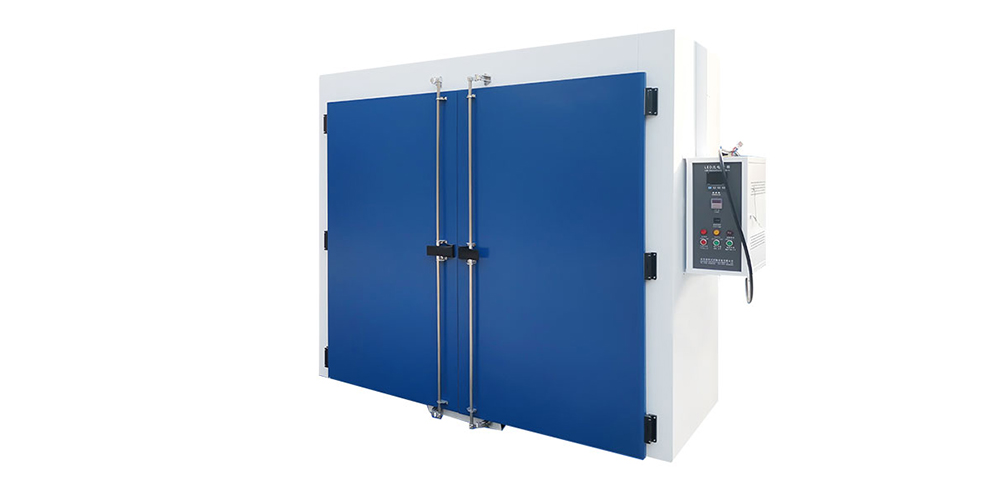
There are several types of laboratory ovens available and they can be used for different purposes. Here we list out some of the most common ones.
- Standard Digital Oven – Designed for heating and drying processes, providing temperature precision control and safety.
- Heavy Duty Ovens – Typically used in industrial applications for soil/aggregate testing and drying of biological samples.
- High-Temperature Oven – Custom oven with temperatures above 500°C. The oven walls and doors are lined with additional insulation.
- Vacuum ovens – also known as drying ovens, are used to remove moisture from objects without cooking them. Heat is generated from the sidewalls and an external vacuum pump is required to provide a low-pressure environment, thus minimizing oxidation during the drying process.
- Forced Air Convection Oven – Also known as a mechanical convection oven, hot air is pushed around the oven chamber with the help of a blower fan. This creates an even distribution of warm air and provides rapid heating and recovery times. It should be noted that convective heating can lead to excessive drying due to the force of the fan.
- Gravity Convection Oven – When hot air expands, hot air naturally rises and becomes less dense than the surrounding air. These ovens offer a low-cost alternative to forced convection ovens.
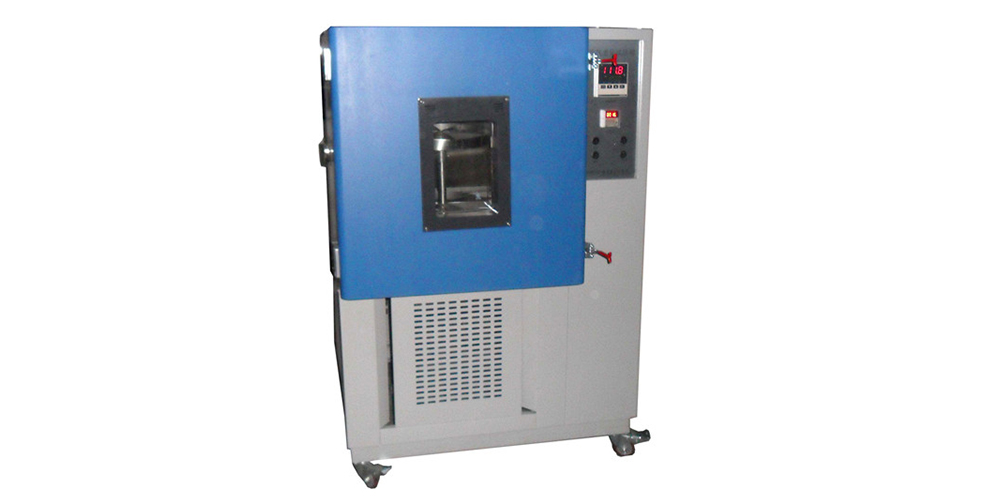
The price of laboratory ovens currently on the market varies depending on the model and brand. The price of our laboratory ovens is usually between $142.00 and $1080.00.
In most cases, how often lab ovens are cleaned depends on how they are used. When cleaning, you need to follow all safety measures. Like turn off the oven and let it cool completely. In addition, the outside of the laboratory oven is wiped daily, and the oven is deeply cleaned regularly. If you are in a laboratory environment, keep the area clean and tidy after cleaning the oven.
If you want to disinfect parts or components in the oven, cleaning is even more important. The last thing you want is dust or dirt seeping into your application, especially when working for a pacemaker. When making electronic components for devices such as camera modules and aerospace controls. Therefore, these projects must work at optimal performance levels.
What’s more, lab ovens require a lot of energy to heat the chamber. The oven is usually left on for a long time, sometimes several days, to reduce the preheating time. Furthermore, for clear reasons, reducing the outlet of your oven can lead to measurable cost savings for you. In addition, ovens with pressure can use accelerated preheating to limit longer running times.
Usually, the oven housing is structurally made of steel. The insulation layer below reduces the heat transfer rate, and then the efficient oven quickly reaches a uniform temperature through a thorough cycle. In addition, door washers help maintain heat tolerances near the door. Many ovens compensate for indoor ventilation.
Recovery time, on the other hand, refers to the time it takes for the oven to return to its preheating value after the chamber is ventilated (for example by opening the door).
What you need to know is that a convection furnace heats the sample through a natural or forced circulation of hot air. However, vacuum furnaces use vacuum pumps to expel air during the heating process.
These systems are usually easy to operate, but the specific precautions and safety measures we will cover must always be followed to keep the oven in good working order. More importantly, these measures also protect the working environment from fire and health hazards.
First, make sure to place the oven in a clean indoor moisture-proof work room to prevent any corrosion. It should also be at a good distance from the walls and ceiling, with a 4-inch gap between the walls and at least 11 inches from the ceiling.
Next, check the voltage requirements for the oven. Small ovens usually need 220V, while larger ovens may need 380V.
Before placing the sample in the oven, check that the power is connected before turning on the device. For ovens with blowers, keep the blowers on during heating and at a constant temperature, otherwise, the temperature uniformity may break and possibly damage the heating elements. Then, adjust the temperature of the oven to suit your sample.
Keep in mind that dry test samples should not be arranged in a dense way. Do not place the sample at the bottom of the plate (heating plate) as this will affect air circulation in the oven. In addition, do not bake inflammable, explosive, volatile, or corrosive items.
After heating the sample, remember to power off the device before opening the door. Do not touch the sample directly with your hands. Always use special tools or wear gloves for protection to avoid accidental burns.
In addition to operational aspects, other factors should be considered:
1) Electrical components
It is well known that dirty electronic components do not dissipate heat well. Because this causes them to heat up and fail prematurely. In fact, dirt and dust can also conduct electricity, which can lead to short circuits and malfunctioning heaters and circuits. So your regular cleaning of the electrical components of the laboratory oven optimizes its performance.
Please check these features regularly and thoroughly. Checks should include overtemperature limits, airflow switches, and exhaust timers. If these features are faulty or do not work properly, please replace them. Otherwise, the operation of the oven may become dangerous.
2) Mechanical components can
Over time, mechanical components such as door seals, shaft seals, motors, etc. wear out. This can cause the lab oven to malfunction. For example, a torn door seal can cause temperature uniformity issues. Frequently check the mechanical parts of the laboratory oven to ensure that they are in good condition and functioning properly.
3) Oven calibration
Today, many processes require precise oven temperatures. Undeniably, inaccurate temperatures can lead to process failure and scratched parts or products. While temperature control and safety are usually accurate, oven calibration can be turned off. Please check the calibration of your laboratory oven regularly. This will tell you if the oven has reached the correct temperature for your application.
According to statistics, the average laboratory oven is obsolete every seven years. This is due to design innovations, but mainly because defective lab ovens can be costly and difficult to repair. In general, many lab ovens never return to specification after the glitch is resolved. Because new lab ovens are usually cheaper than renovations.
Please note that oven maintenance should be carried out regularly. You should check vents, washers, sensors, controllers, heating elements, and blowers for faults. In addition, the oven should sometimes be temperature-calibrated.
It has been investigated that some laboratory ovens are compatible with devices that insert specific gases or gas compounds into the laboratory chamber or remove the oven atmosphere completely (vacuum ovens). And these ovens typically have flowmeters and solenoid valves to control fluid flow, as well as internal sensors to record atmospheric particles.
Usually, the most common is to use an inert gas such as argon or nitrogen. It is inserted into the oven chamber at a pressure of 5 to 10 times the volume of the oven. This covers your sample and prevents oxidation and condensation from forming in the chamber.


